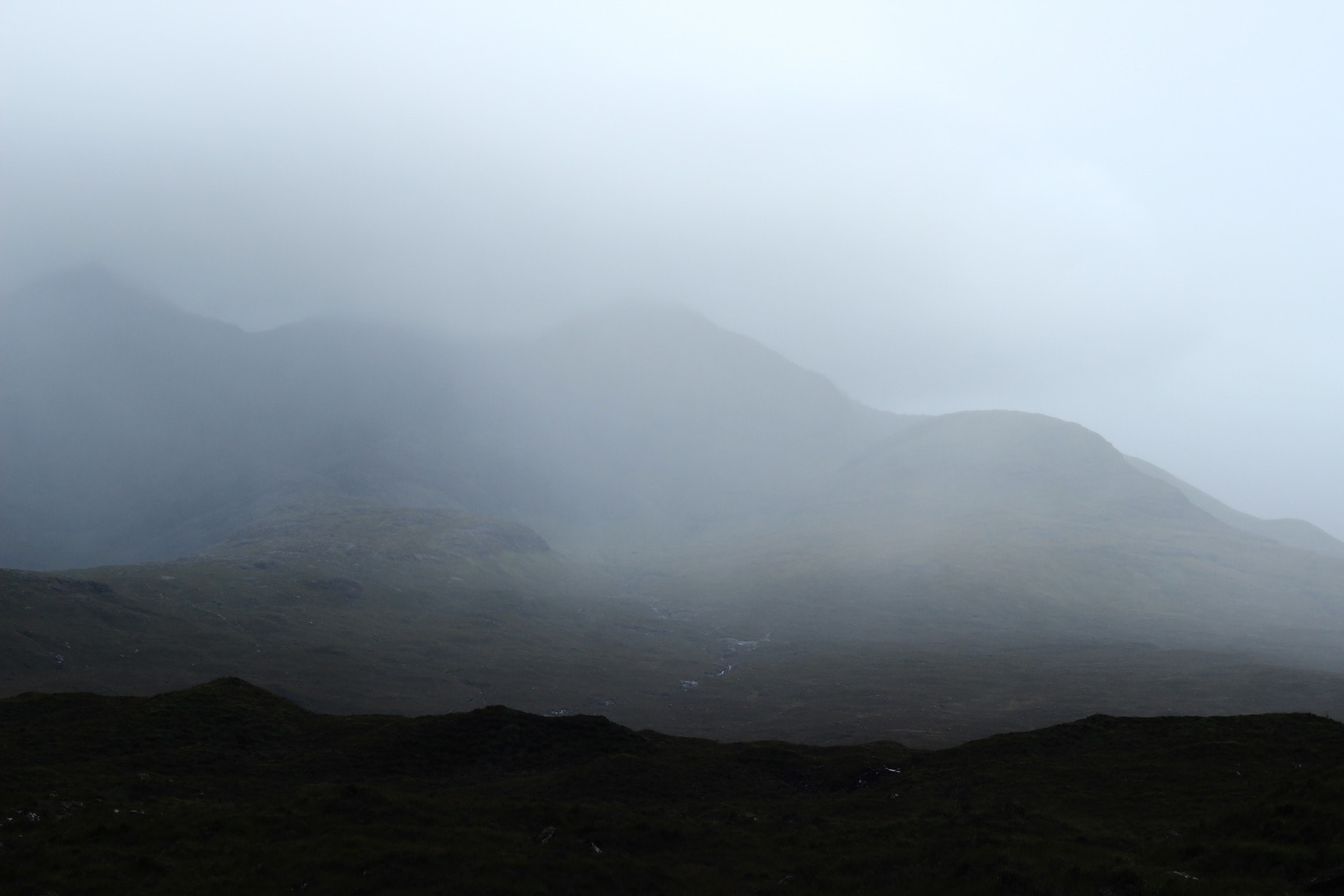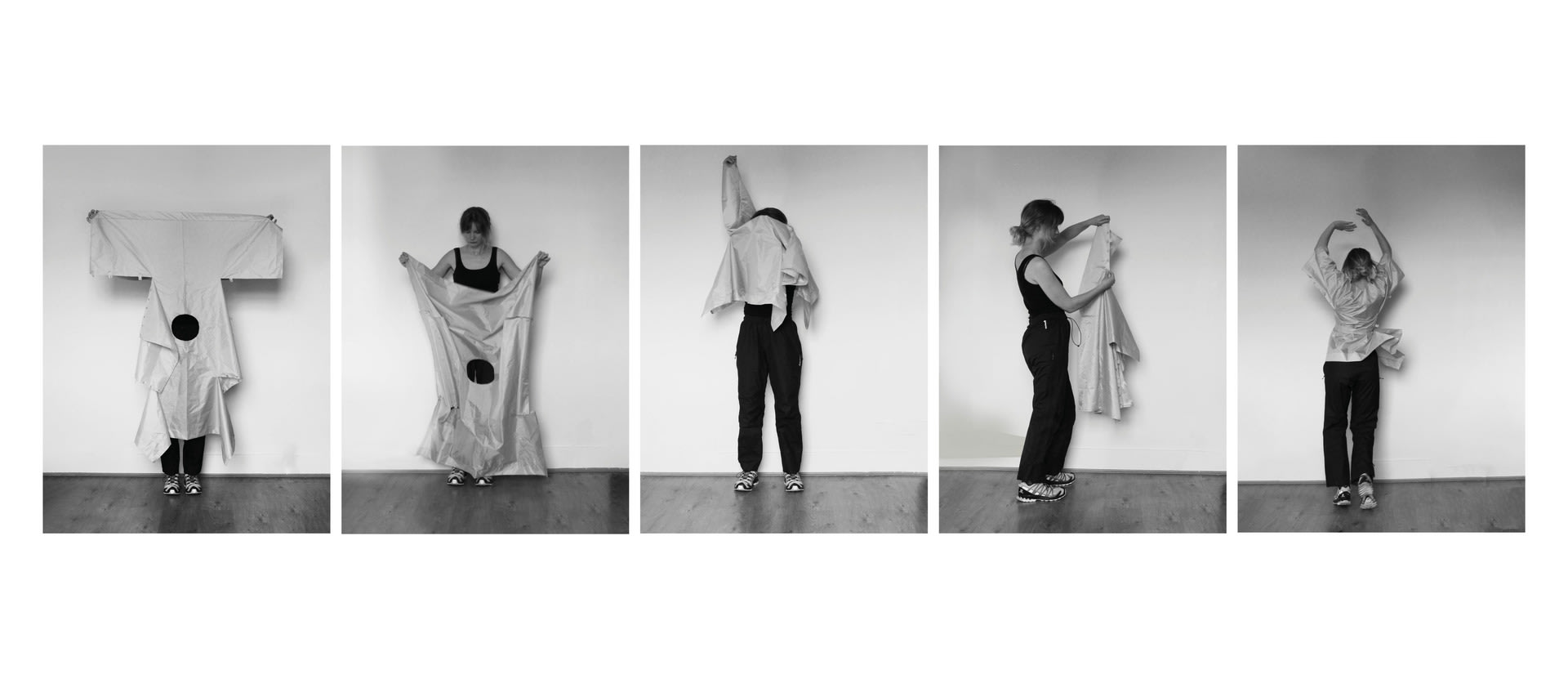Megan is an Architectural Designer from Aberdeenshire, Scotland. She has worked in London, Copenhagen and the Isle of Skye.
Megan's thesis project, 'Mapping the Mountain's Inside' is a culmination of her research undertaken at the Royal College of Art. Her work explores themes of mapping and perceptions of landscape, manifesting architecturally through the design of a performance space in the mountains. The project is explored through garment design, 1:1 experimentation, film, and digital representation.























